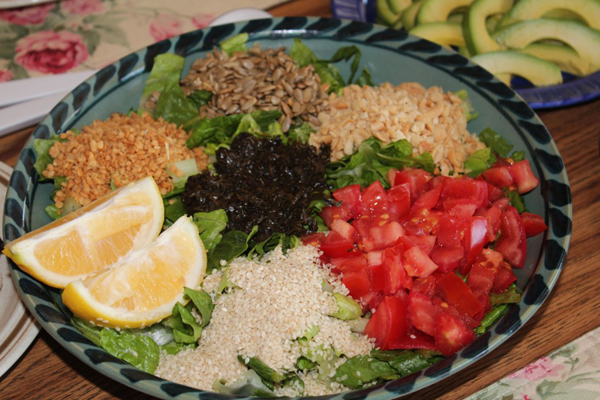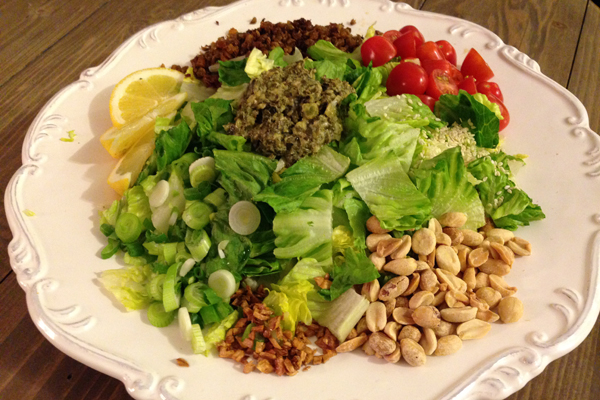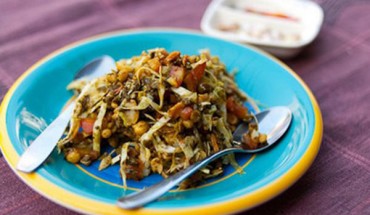Burmese culinary is the perfect combination of many regional parts. The diverse cultural and multiethnic country is home to many ethnicities, and each one has its own special dishes and styles of cooking. To foreigners, Burmese cuisines can be overwhelming – astonishing, amazing, delicious – but above all, unique. The unifying factor that spans this diverse country is the overwhelmingly sour and strong, pungent flavors, not sweet or spicy flavors like you might find in neighboring countries like Thailand or India. Another striking feature in Myanmar cuisine is the ubiquitous use of salads. Whether it’s noodles, rice or vegetables, anything can be turned into a Burmese salad, which are crunchy, spicy and sour. Mentioning Myanmar salad, it often refers the tea leaf salad. The main ingredient of the dish is tea leaves called lahpet. When it is mixed into salad, the dish is called lahpet thoke.
Been a part of Burmese tradition for thousands of years, tea has become Myanmar’s pride. Historically, during wars between kingdoms in Myanmar, it was also a symbolic peace. Nowadays, tea leaf salad is a national delicacy and plays a vital role in Burmese society.
An outstanding facet of tea leaf salad dishes is the delicate use of bitter and tart fermented tea leaves. The ingredients used are great in variety, including crunchy dried peas and beans, peanuts and garlic. It might also come with shredded cabbage or tomato.

The ingredients used are great in variety, including crunchy dried peas and beans, peanuts and garlic…
Tea leaf salad wins universal praise for its bitterness, astringency, sourness and numbness it produces, which are rare in other regional cuisines. These together sum up the unique flavor of lahpet thoke.




